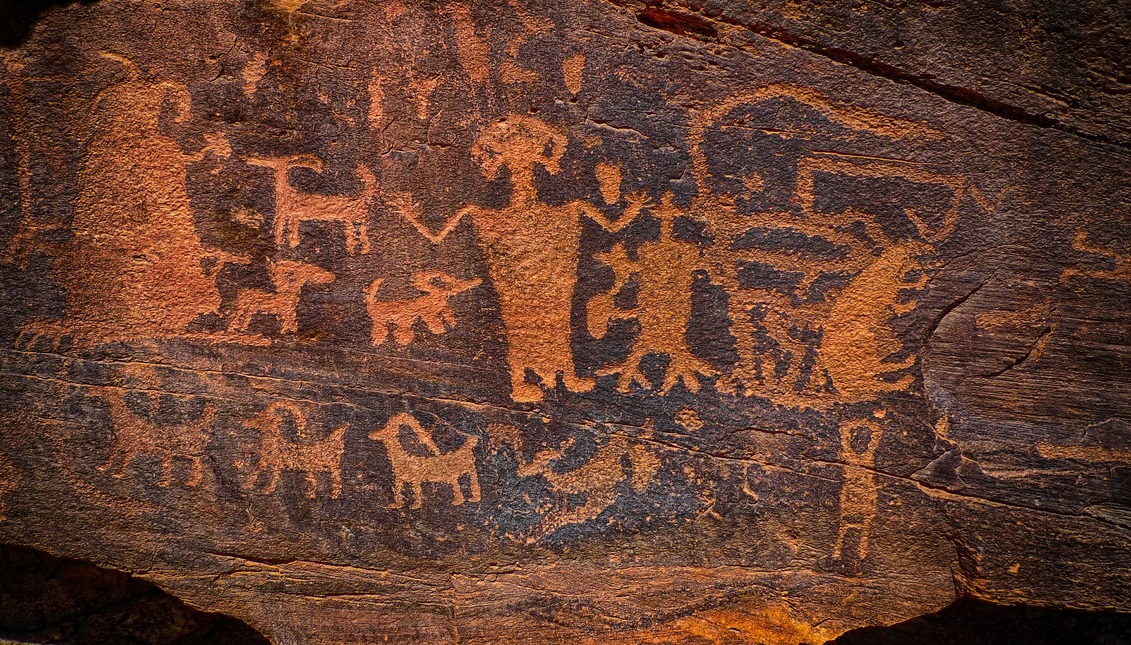
Thanksgiving: Mourning also happens on this day
Amid the festive activities carried out by millions in North America, there are those who question the celebration and consider it a tribute to the genocide.
What for most Americans is a special celebration around a massive amount of food, came to be after a whitewashing of historical context. For the Native American tribes of North America, Thanksgiving is a date of mourning as they remember the extermination of the tribes that lived there.
RELATED CONTENT
The myth of the arrival of the British in Plymouth, Massachusetts, and how they lived harmoniously with the Indigenous people of the Wampanoag tribe, has been increasingly questioned. On the contrary, there was a rapid decline in the numbers of these communities as they were quickly and systematically decimated.
In 1863, the remains of a Wampanoag girl were dug up and put on display in the @PilgrimHMuseum. My grandfather, Wampanoag activist Wamsutta Frank James, marched into the museum and took them back on Thanksgiving Day, 1974, which is objectively awesome. That's him in the center. pic.twitter.com/47zs5Hyb4T
— Kisha James (@Kisha890) September 9, 2021











LEAVE A COMMENT: